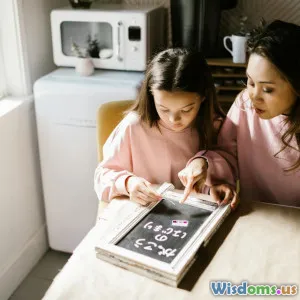
Minimalism for Families Teaching Kids to Value Less
14 min read Explore how families can teach children the value of minimalism for happier, clutter-free living. (0 Reviews)
Minimalism for Families: Teaching Kids to Value Less
Imagine a home where every object has meaning, where children cherish their favorite toys, and where chaos is replaced by calm. For many modern families, a jam-packed schedule and household often mean overloaded closets and cluttered playrooms. While decluttering might seem like yet another chore, adopting minimalism can empower parents and kids alike to focus on what truly matters: connection, experiences, and shared values. Implemented thoughtfully, minimalism instills vital life skills, guiding children to value less and appreciate more.
Understanding Minimalism as a Family Philosophy
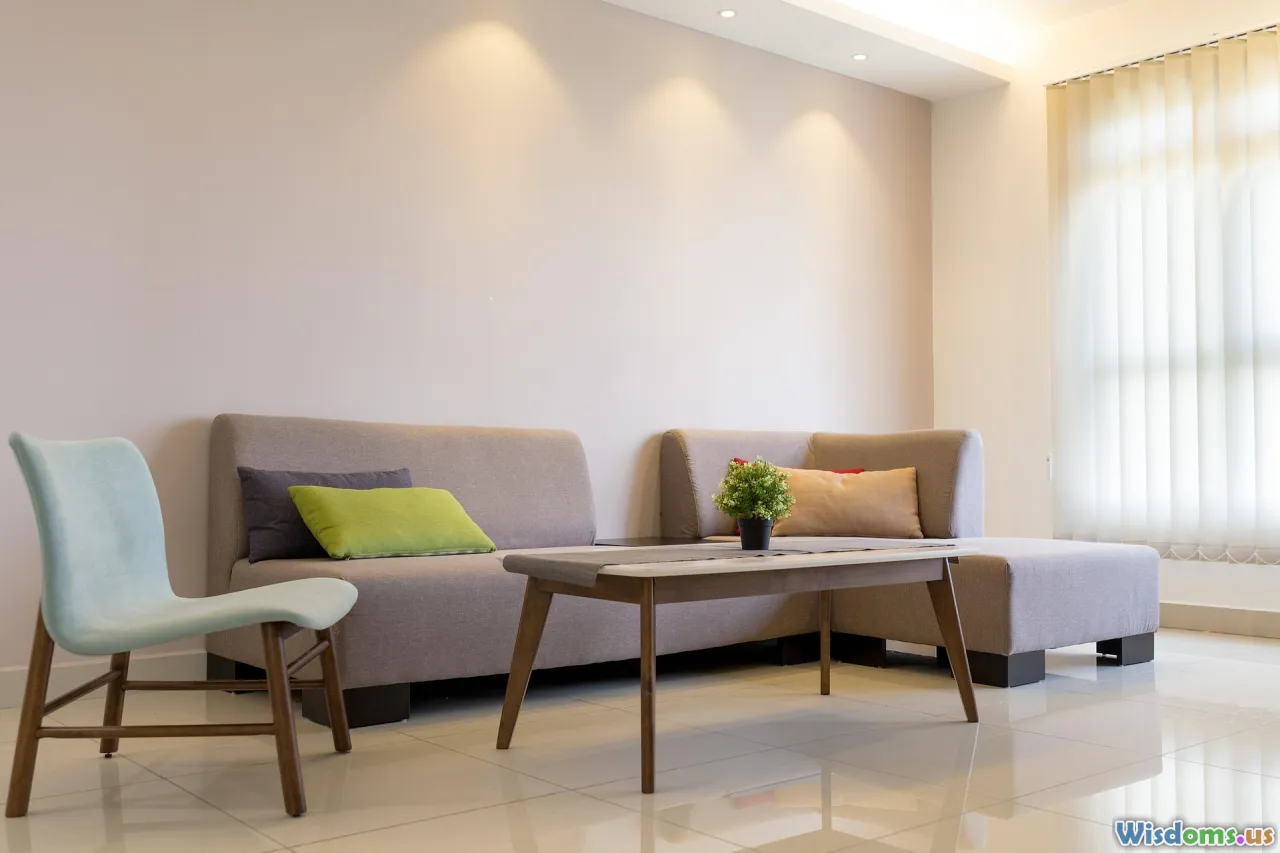
Minimalism goes far beyond the image of stark rooms and empty counters. As a family philosophy, it's about intentional living, prioritizing relationships and core values over consumer culture.
Children are naturally curious and enthusiastic about acquiring new things, yet bombarded by marketing at every turn. Families, therefore, have a unique opportunity to model a measurable shift away from 'more is better' to 'enough is plenty.'
Consider the Johnsons, a family of five in Ontario. After feeling increasingly overwhelmed by endless laundry and toy cleanup, they began paring back. Each family member kept only what was loved and useful, resulting in a calmer, more organized home. More importantly, they noticed the quality time together increased, and the children grew more content with what remained, often choosing imaginative play over passive consumption.
Minimalism, in this sense, is not about deprivation; it's about cultivating space for life’s real treasures.
The Developmental Benefits for Children
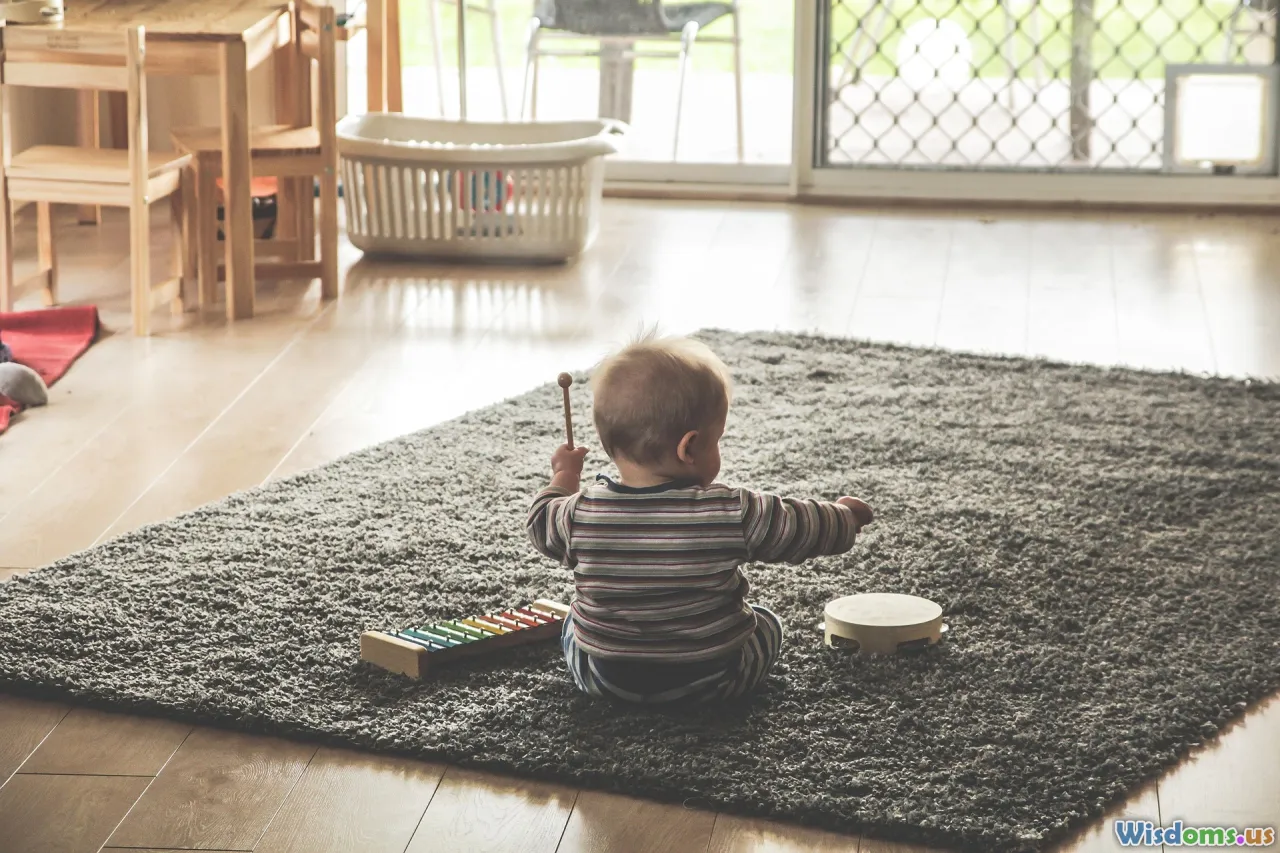
Minimalism directly impacts children's development, laying lasting foundations for creativity, resilience, and gratitude.
1. Fostering Creativity and Imaginative Play
With fewer, thoughtfully chosen toys available, children are challenged to stretch their imaginations. Simple toys like wooden blocks, art supplies, or a favorite doll become sources for countless games and stories.
Research published in the journal "Infant Behavior and Development" found that children given fewer toys actually played longer and more inventively, deepening engagement and focus.
2. Building Resilience and Coping Skills
Learning to live with less helps children navigate disappointment ("Only one treat from the store today rug," chooses wisely) and encourages problem-solving. Losing a favored toy isn't as catastrophic when value has shifted toward people and experiences.
3. Encouraging Gratitude and Mindfulness
When kids accumulate fewer belongings, each one assumes greater personal meaning. Mindfully deciding what to keep and what to give away teaches discernment and appreciation, qualities often obscured by abundance.
Starting the Minimalist Journey: Practical Family Steps
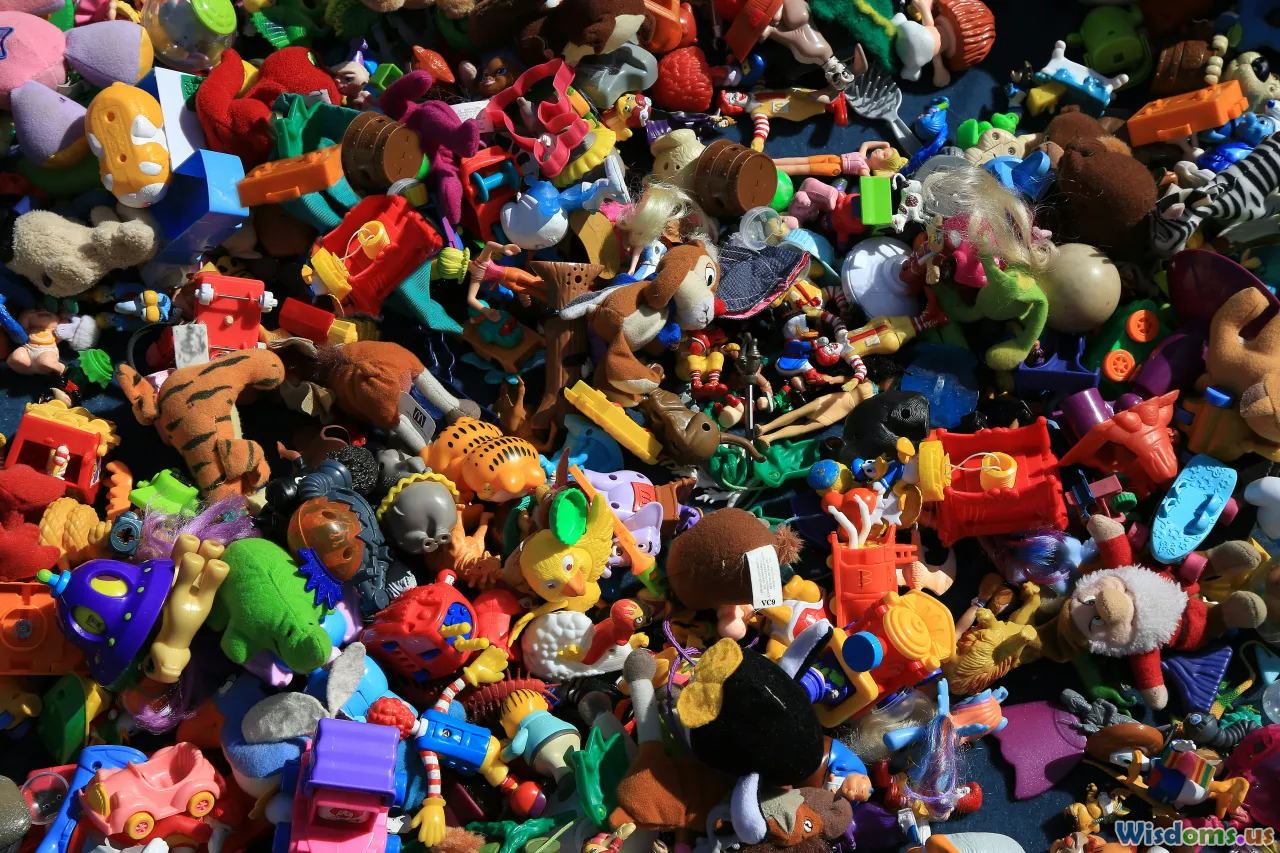
Embarking on a minimalist lifestyle as a family need not be daunting. Here are concrete steps to kickstart the process with lasting impact:
1. Involve Every Family Member
Initiate a family conversation about why you’re considering minimalism. Align everyone on values: perhaps you want more space to play, save money, or support charitable giving. Help children frame decisions as acts of choice and agency.
2. Turn Decluttering Into a Fun Activity
Make sorting a game—see who can fill a donation box fastest, or challenge toddlers to pick a set number of favorite toys. Offer choices, not ultimatums: “Which three puzzles would you like to keep?”
3. Adopt the One-In, One-Out Rule
Commit to replacing, not stockpiling: when a new item comes in (birthday gift, clothing, or book), say goodbye to something similar. This maintains order, reduces clutter, and builds mindful decision-making skills in children.
4. Celebrate Experiences Over Things
Design reward systems around family outings, special meals, or quality time—instead of material rewards. Document memories with photos or journals rather than souvenirs. Encourage children to treasure these moments, reinforcing the shift away from collecting stuff.
Minimalism at Key Family Touchpoints: Birthdays and Holidays

Special occasions can be the biggest battlegrounds for excess. Yet, they offer powerful openings to embrace minimalism and reshape traditions.
Rethink Gift-Giving
- Set expectations with extended family. Ask relatives to contribute to a college fund, activity lessons, or donate in the child's name. Share gift guidelines, such as "clothes, books, or shared activities only."
- Encourage Wish Lists. Instill intention: a concise list leads to valued items, not filler presents.
- Practice Gracious Declining. Politely turn down unnecessary gifts, or channel them toward local charities or hospitals.
Create Meaningful, Shared Traditions
Instead of stacking presents under the tree, adopt rituals: build a gingerbread house, volunteer together, or make keepsake ornaments from natural materials.
Example: The Owens family hosts a "gift swap" where each person brings one used or handmade present to exchange—they now look forward to crafting and collaborating, rather than shopping sprees.
Decluttering Children’s Spaces: Strategies for Success
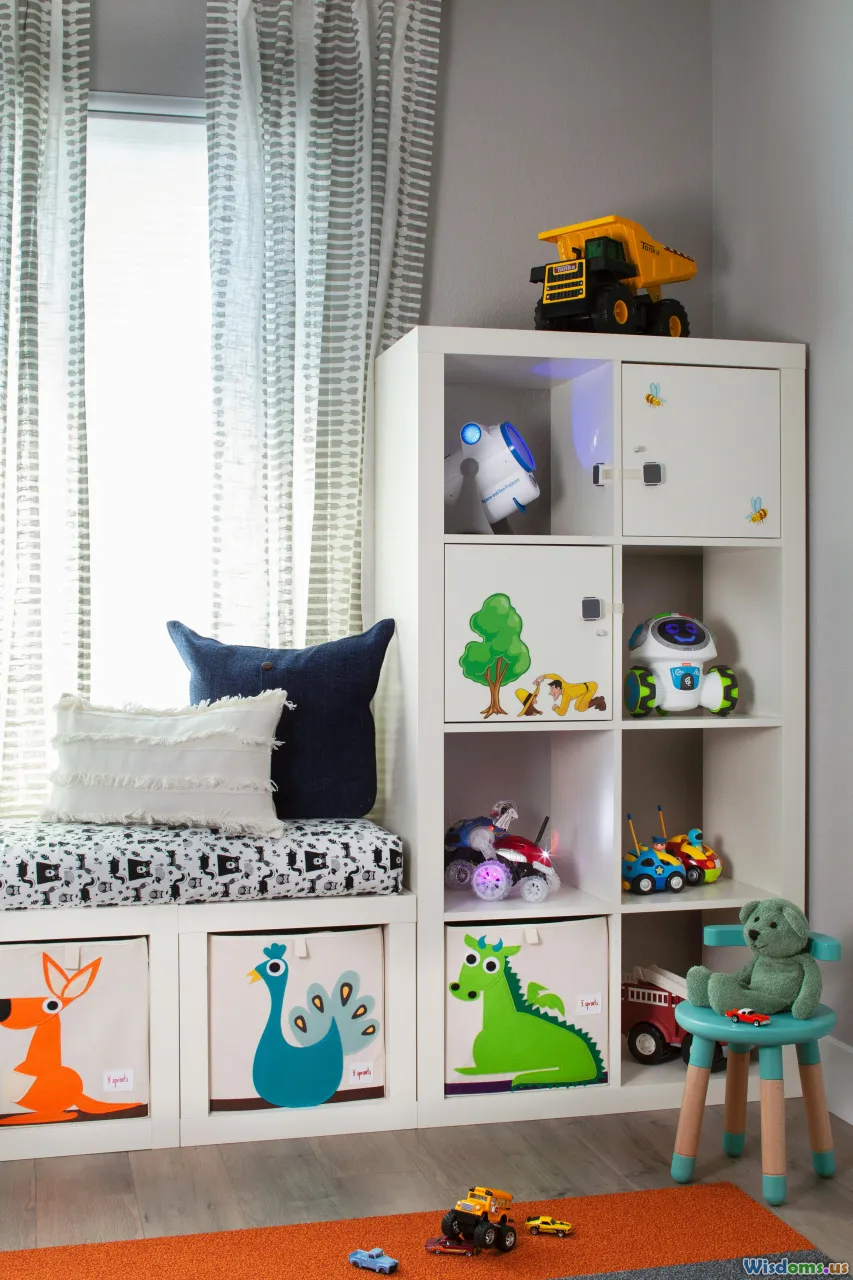
Transitioning a child's room into a minimalist haven takes patience and thoughtful strategy. Here’s how it can work in varied family environments:
1. Start Small and Visible
Begin with a single shelf or toy bin. Let children help sort items into 'keep,' 'donate,' or 'store' (for things used seasonally or with sentimental value).
2. Use the Rotation Method
Store excess toys and swap them in and out monthly. This keeps play dynamic and focused, and lets children rediscover their belongings afresh each cycle.
3. Provide Accessible Storage
Clear containers and open shelves empower even young children to tidy up and choose their own toys. Label containers with images or colors to aid pre-readers.
4. Honor Special Objects
Designate a 'treasure box'—a small basket or bin—for each child’s mementos. Limit its capacity to encourage curation, not accumulation.
Navigating Emotional Attachments and Family Hurdles
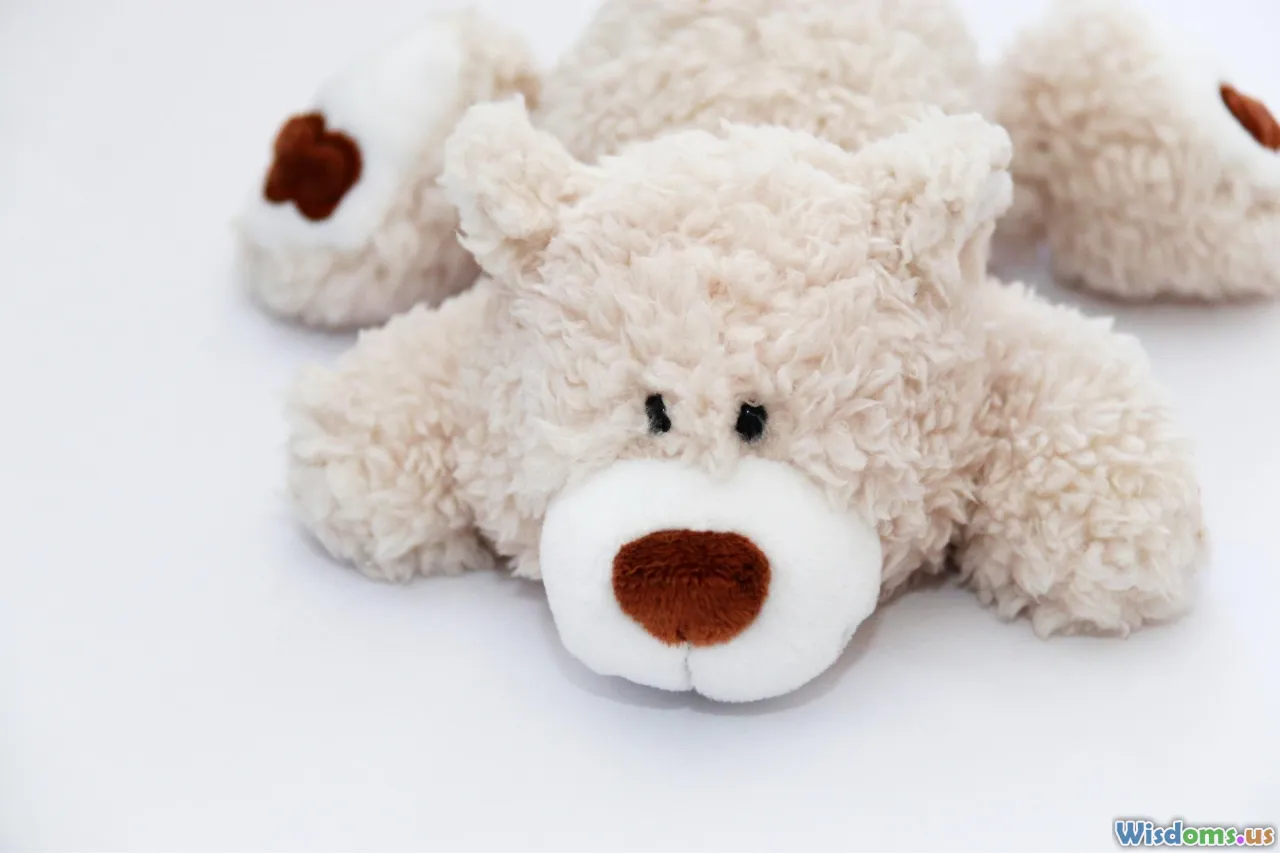
Letting go can be fraught—childhood possessions often carry outsized emotional weight.
Handling Resistance
- Empathize. Acknowledge a child’s feelings (“I know you love this bear—you’ve had so many adventures with it”).
- Take It Slow. There’s no need to declutter overnight. Revisit decisions periodically, allowing attachment to fade naturally over time.
- Offer Alternatives. Photograph special items before letting go, or repurpose outgrown objects in creative crafts.
- Model Through Action. Children mirror parents letting go of seldom-used gadgets, clothes, and books.
Family Conflict
Discrepancies between co-parents or with grandparents are normal. Focus discussions on shared values (peaceful spaces, teaching gratitude), not on the tally of items purged. Appreciate grandparents’ desire to give, but remind them that creating memories together will outlast any toy.
Minimalist Routines for Daily Family Life

Minimalism isn't a one-time purge—it's a lifestyle woven into daily actions. Consistent routines help maintain simplicity:
- Daily Tidy Time. Ten minutes clearing toys before dinner keeps spaces manageable and chores democratic. Even toddlers can pitch in.
- Mindful Shopping. Pause and ask: is this purchase needed, durable, and valuable? Get kids in on the habit by giving small shopping budgets and encouraging reflection.
- Screen Time Boundaries. Limit exposure to advertising and consumer cues by prioritizing ad-free or educational content, and regularly engaging in low-tech family activities: puzzles, nature walks, board games.
- Chore Rotation. Sharing household responsibilities—even simple ones—builds teamwork, self-reliance, and respect for the labor behind maintaining tidy environments.
Emphasizing Experiences: The Gift of Family Time

Minimalism for families ultimately means trading things for experiences. Here’s how to make experiences the core of your household culture:
- Plan Regular Family Adventures. Hikes, local museum visits, community service days, or backyard campouts offer connection and learning impossible to wrap in a box.
- Mark Milestones Creatively. Craft family time capsules, cook heritage recipes, or record annual interviews. These practices nurture memory making and a sense of belonging.
- Prioritize Open-Ended Activities. Encourage art, storytelling, or free dancing over highly structured, toy-dependent entertainment.
- Foster Reflection. Over dinner, ask, “What was the best (or most challenging) part of your day?” Sharing highs and lows helps children recognize that joy and resilience come from engagement, not acquisition.
Cultivating Lifelong Values Beyond Your Own Home
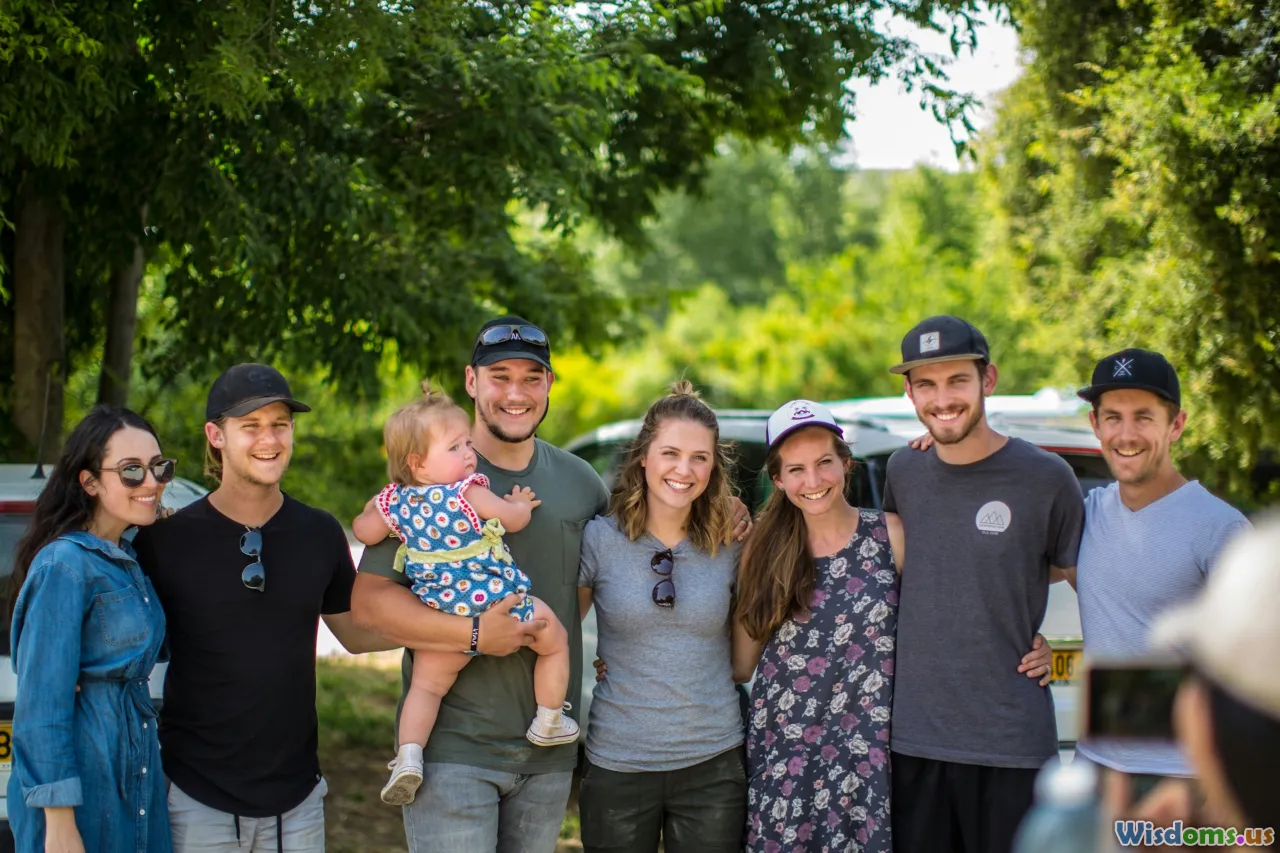
Children raised with a minimalist sensibility carry their values into the wider world—benefiting their communities, peers, and the environment.
- Community Engagement. Donate unused items as a family. Participate in neighborhood cleanups. Younger kids will value the sense of impact and teamwork.
- Support Sustainable Choices. Teach kids that buying less helps the planet. Opt for high-quality, eco-friendly toys and supplies. Celebrate resourcefulness, like fixing or revamping old items.
- Demonstrate Contentment. Share gratitude for everyday comforts: a home-cooked meal, a favorite book, or a family dog. These cues shape lifelong metrics for happiness.
Minimalism, enacted as a family, is less about rules and more about rhythms. It’s the gentle, ongoing commitment to less—fostering clear minds, close relationships, and contented hearts. By guiding children to value less, we prepare them for lives rich in meaning, ingenuity, and gratitude—far beyond anything they could store on a shelf.
Rate the Post
User Reviews
Other posts in Minimalism & Decluttering
Popular Posts
















